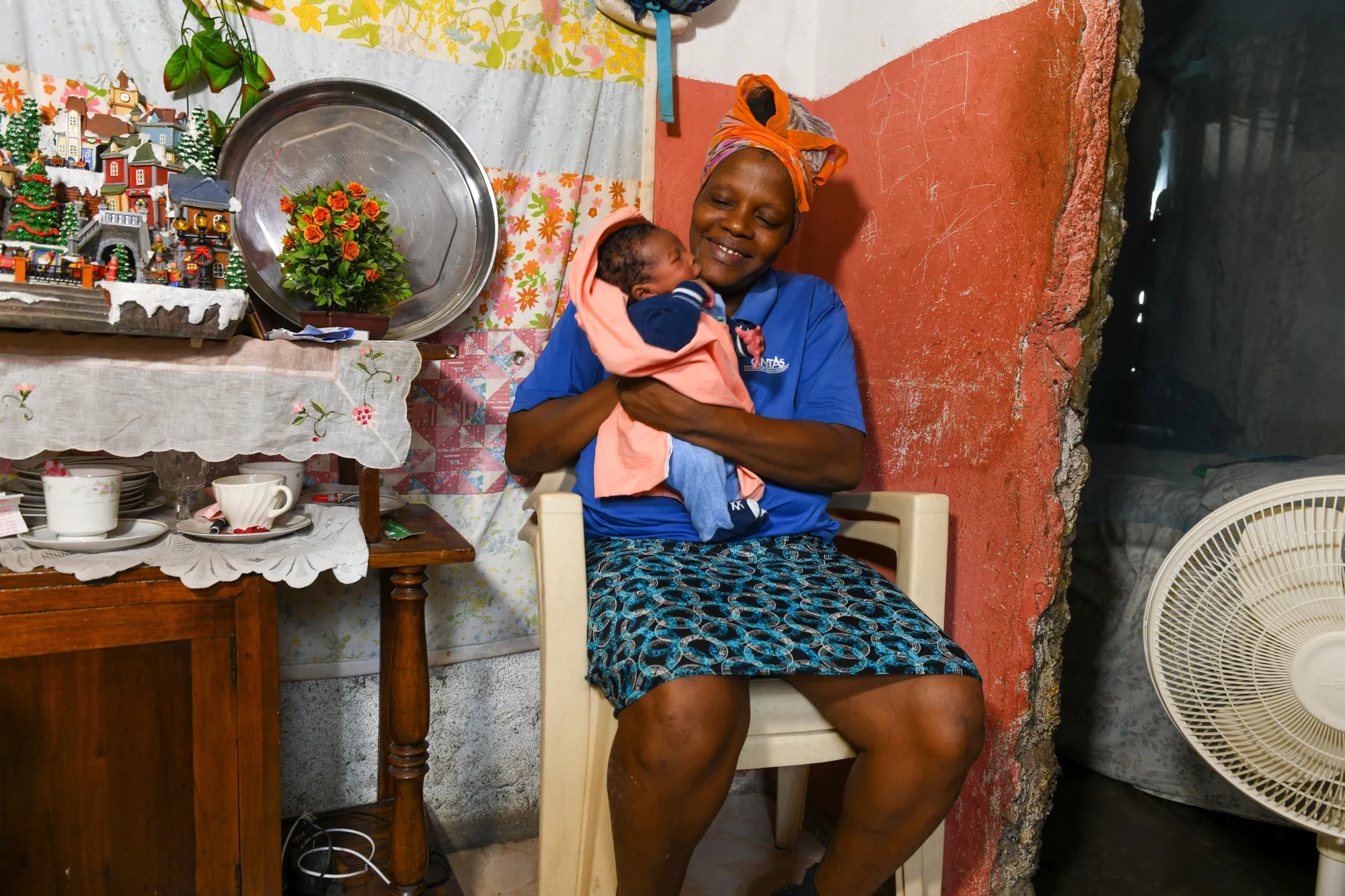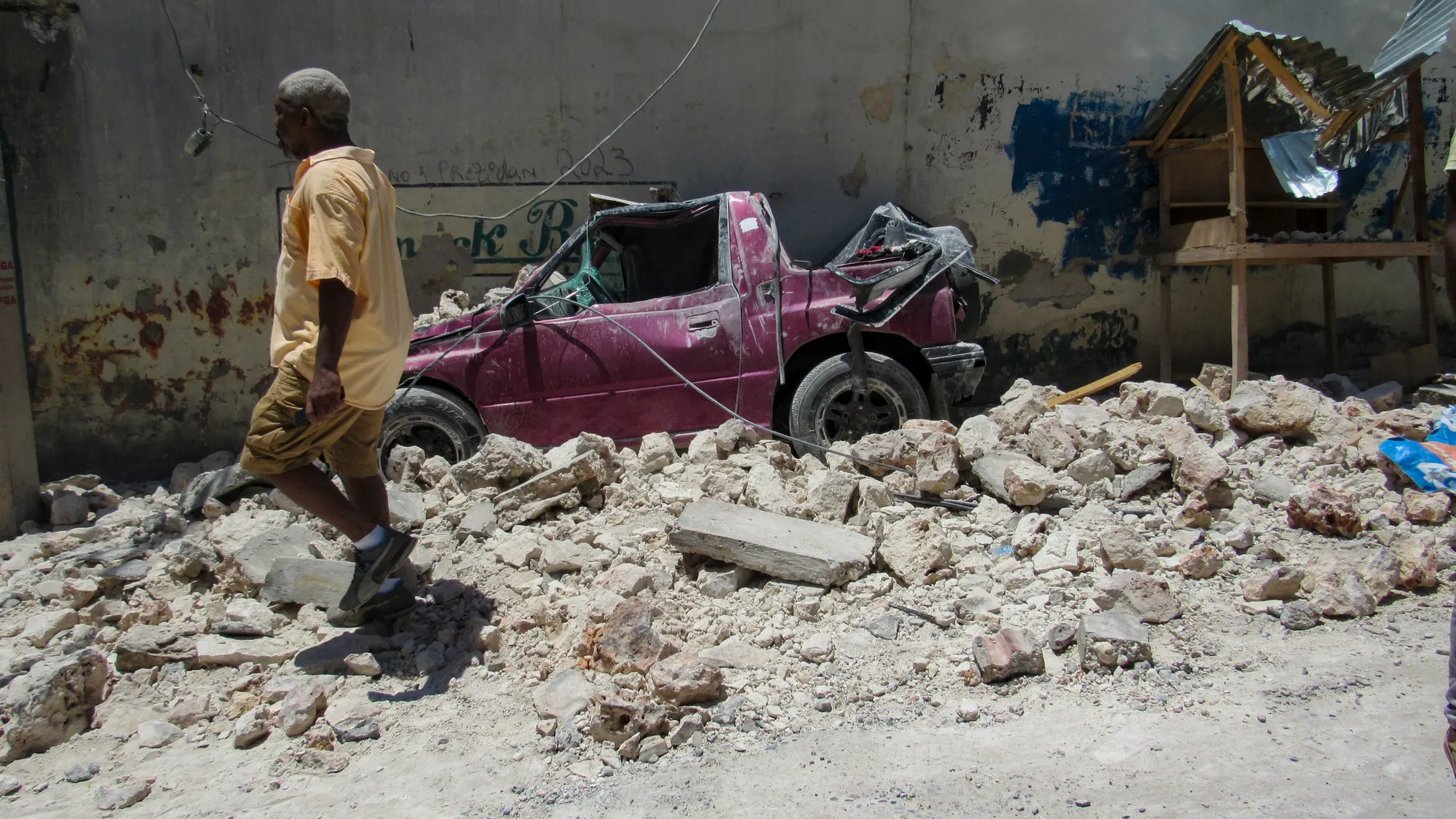Now, Natacha is looking for new places to sleep at night with her one-month-old baby. Usually, they sleep outside in the market or the public square.
Her small store was looted by people looking for food after the earthquake, and she’s not sure how to restart. The construction business her husband worked in was destroyed by the earthquake, too.
“I need to restart my activities, my work. I don’t like to sit around.”
Natacha and her husband are exactly the people who can help rebuild Haiti if CARE and its partners can get the response right. She sells food, he works in a cement business — both local businesses that will be critically needed not just now, but in the weeks, months, and years to come.
They are not alone. Haitians keep telling CARE, “I want to work. I want a job.” If we can help them reopen, restart, and reconnect, they are ready to dive in. It’s what they want most.


